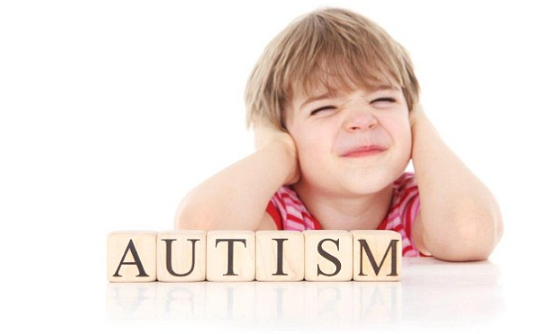WASHINGTON: Scientists have used a popular gene editing tool to reduce autism symptoms in mice, an advance that may pave the way to eradicate the disorder in humans.
Employing gold nanoparticles to deliver the DNA-cutting Cas9 enzyme into the brain – a technique developed at the University of California, Berkeley, and called CRISPR-Gold – researchers were able to edit the gene for a neurotransmitter receptor and reduce the repetitive behaviour characteristic of fragile X syndrome (FXS).
Since exaggerated repetitive behaviours are common features in autism spectrum disorders, the efficient reduction of these behaviours in FXS mouse models demonstrates the potential application of this technique to other types of autism for which the genetic cause is known, researchers said.
“There are no treatments or cures for autism yet, and many of the clinical trials of small-molecule treatments targeting proteins that cause autism have failed,” said Hye Young Lee, an assistant professor at the University of Texas in the US.
“This is the first case where we were able to edit a causal gene for autism in the brain and show rescue of the behavioral symptoms,” said Lee.
According to the researchers, CRISPR-Gold has many advantages over other means of getting Cas9 into the body, such as using viruses.
“The really compelling thing about this paper is that Hye Young was able to show that if you injected CRISPR-Gold into the brain, you could knock out disease-causing genes and actually see fairly significant behavioral changes,” said CRISPR-Gold inventor Niren Murthy, a UC Berkeley professor.
“This is the first time anyone had ever shown that with non-viral delivery,” Murthy said.
Those with autism spectrum disorders have problems interacting with other people as well as exaggerated repetitive behaviour, such as rocking and flapping.
While autism spectrum disorder appears to have various causes, including multiple genetic mutations, single-gene disorders like FXS are a simpler way of exploring the causes and potential treatments.
While autism spectrum disorder affects more than one percent of all children, FXS is rare, occurring in one of every 4,000 boys and 6,000 girls.
The study, published in the journal Nature Biomedical Engineering, is the first demonstration that Cas9 protein can be ferried into the brain to knock out a gene and have therapeutic effects.
While other researchers have inserted genes for Cas9 into neurons via viruses like the adeno-associated virus, problems arise because the gene keeps expressing the Cas9 enzyme, leading to the random cutting of other genes.
CRISPR-Gold carries the Cas9 complex itself – purified Cas9 protein and guide RNA – directly into cells, where it cuts a few times and then disappears.
The technique opens the door to treating conditions ranging from opioid addiction and neuropathic pain to schizophrenia and epileptic seizures, Murthy said. (AGENCIES)
Trending Now
E-Paper


